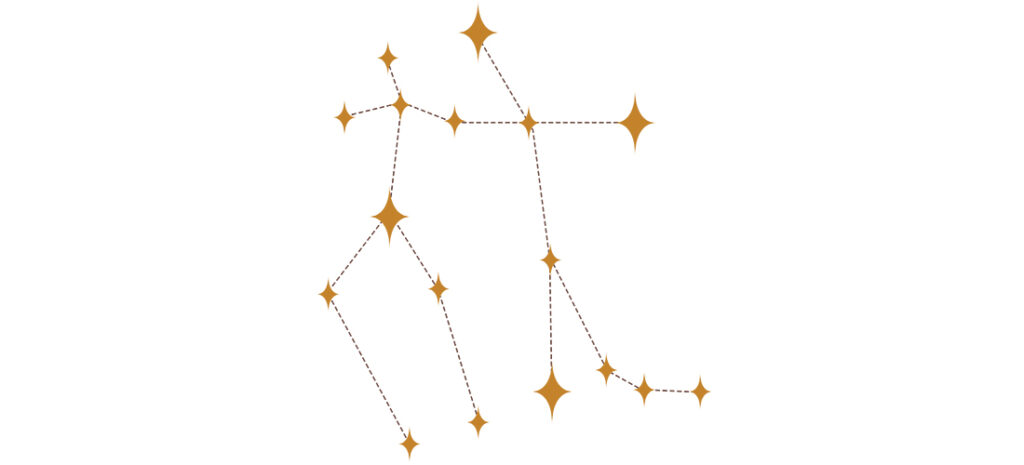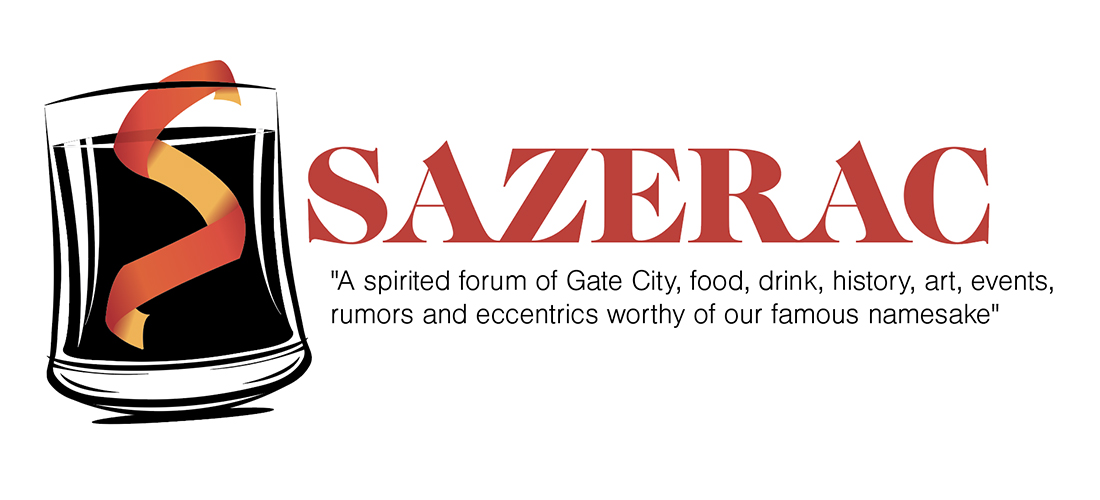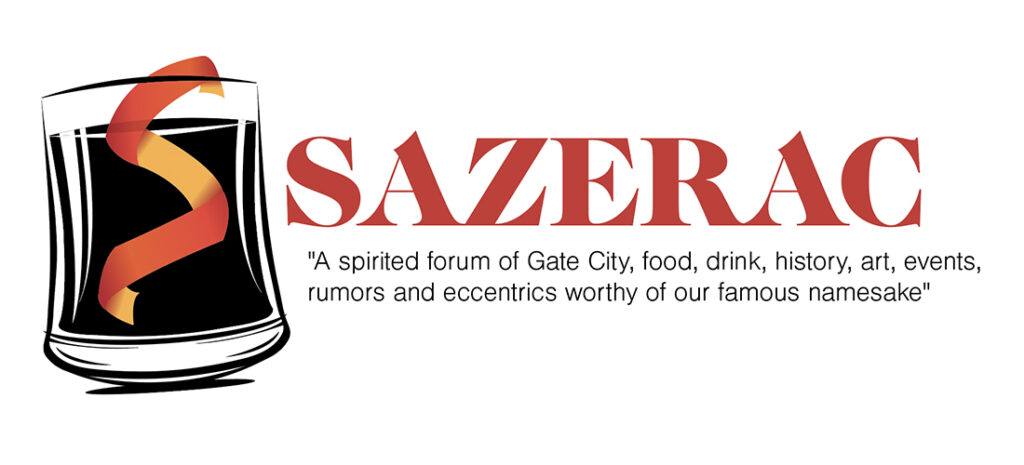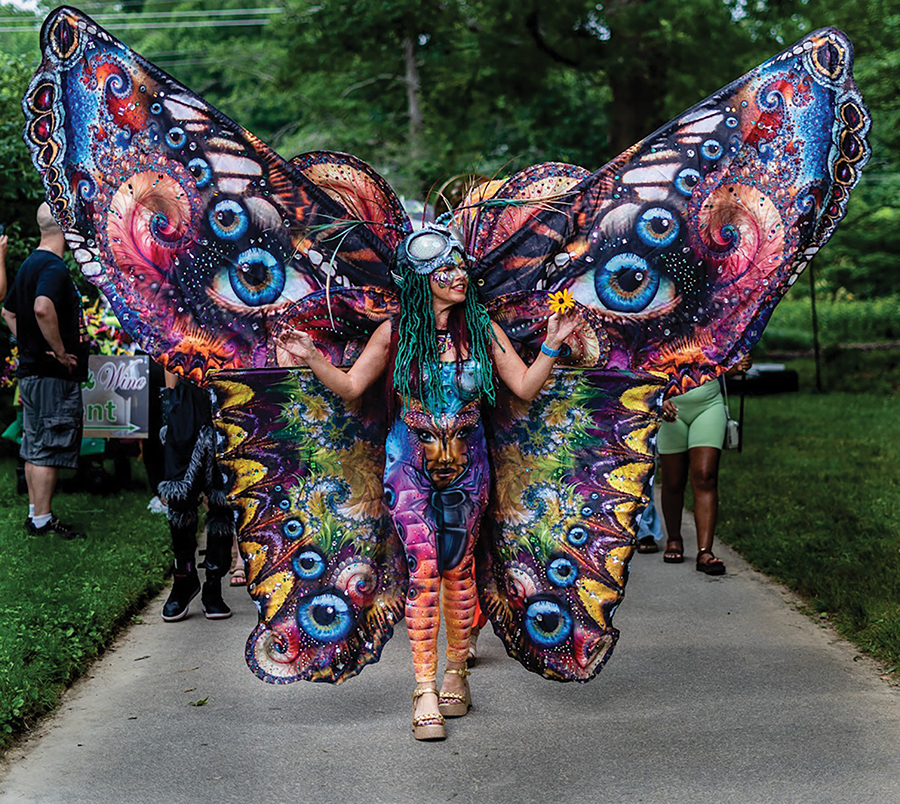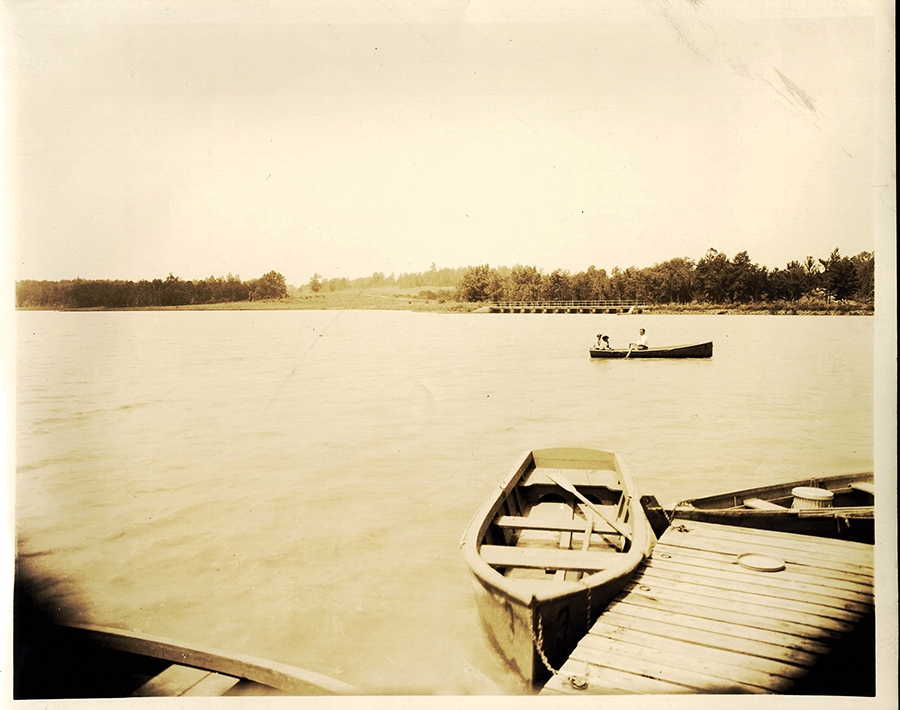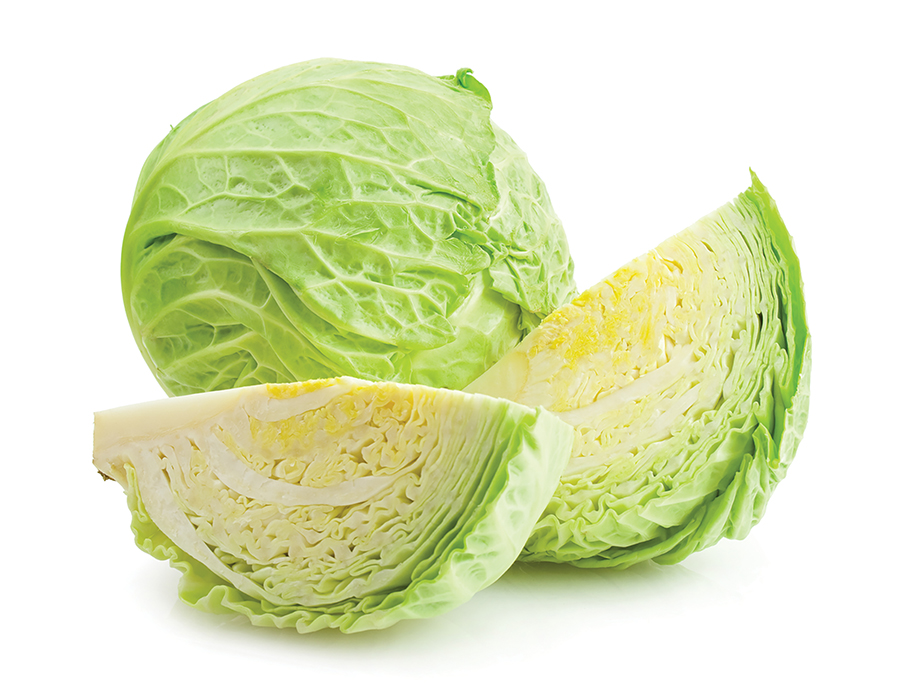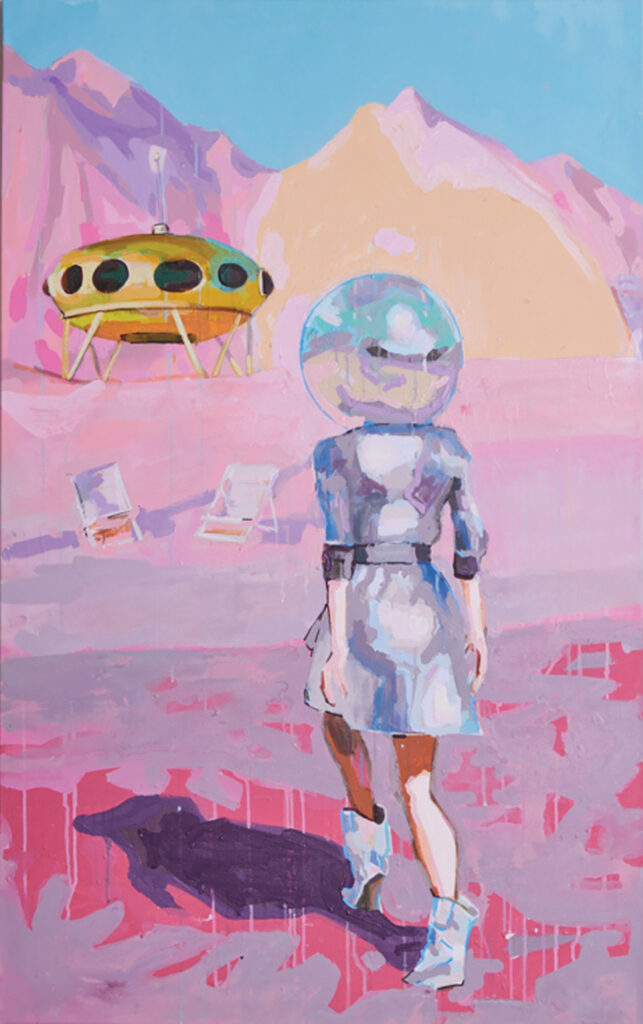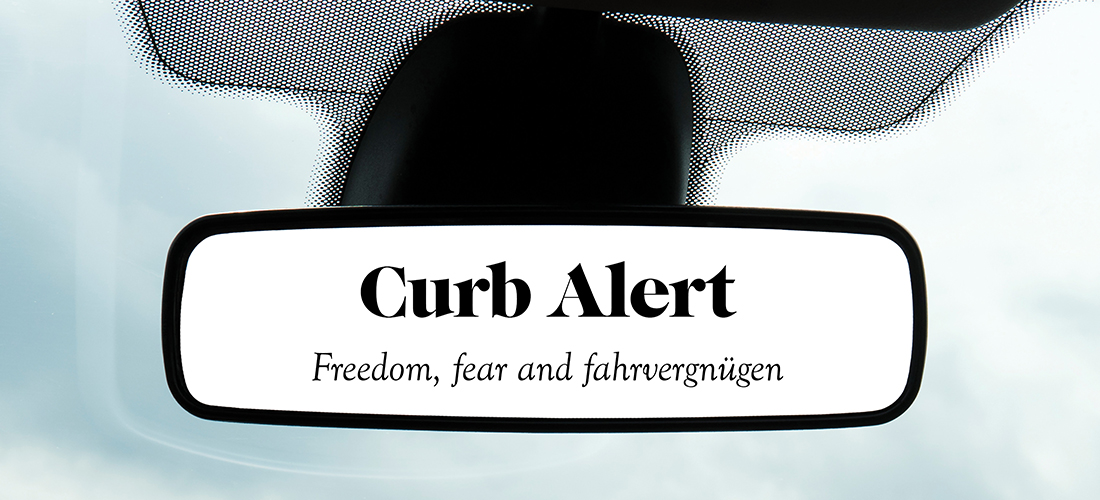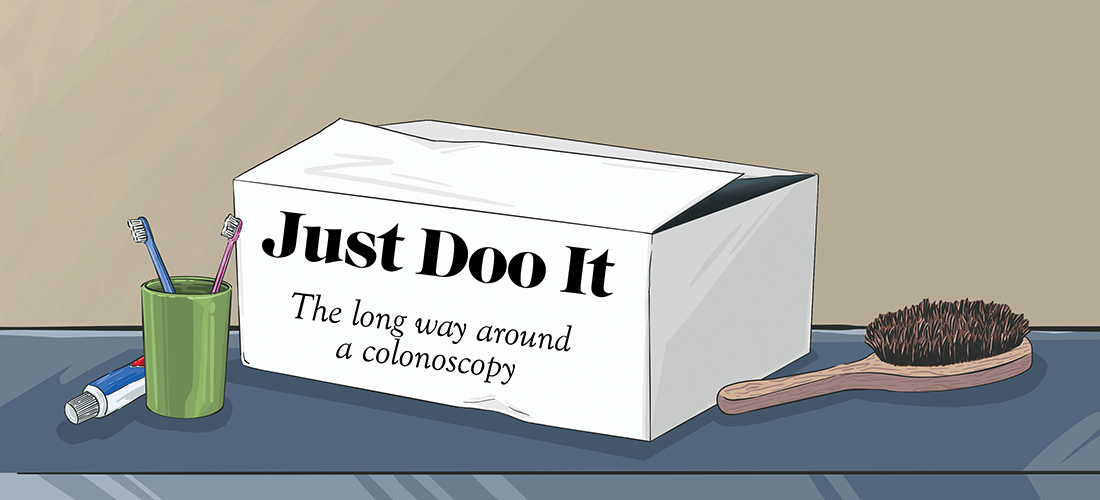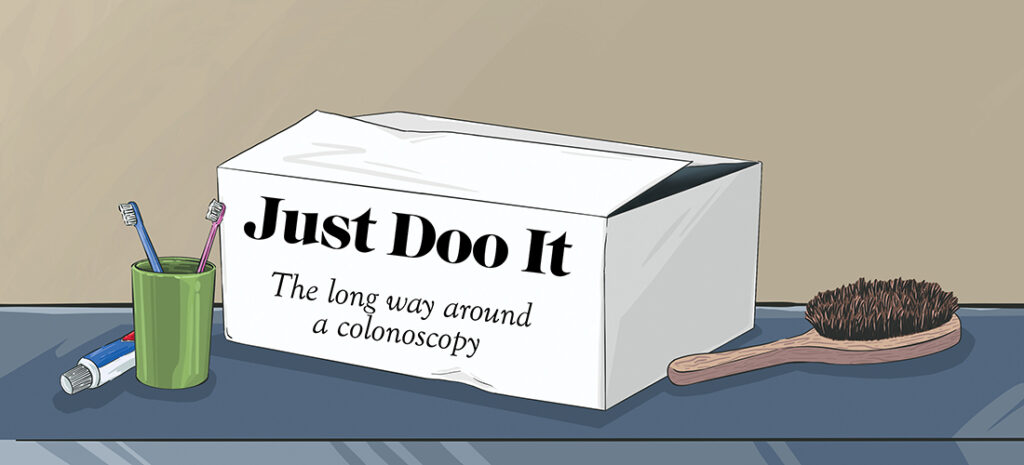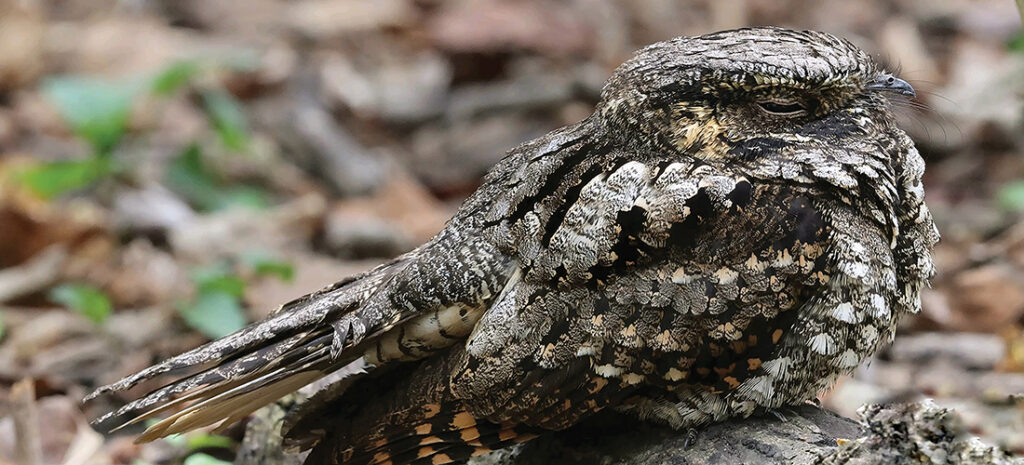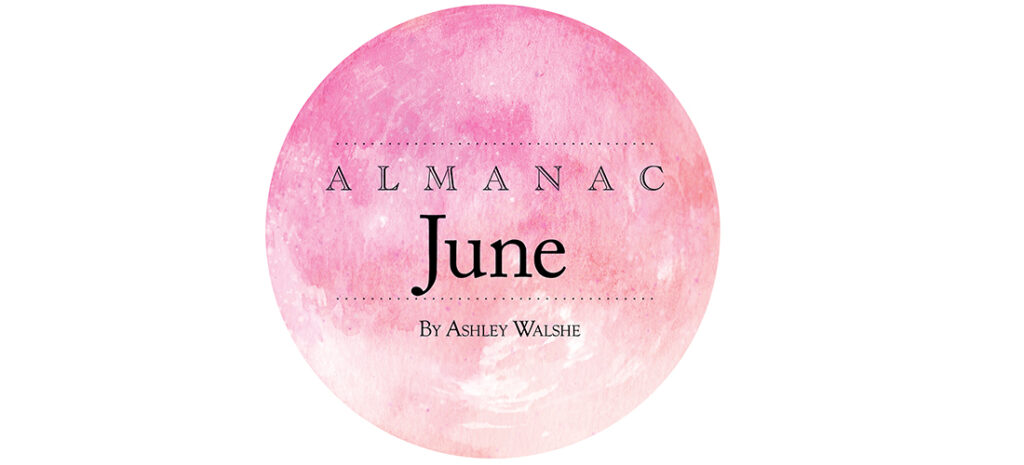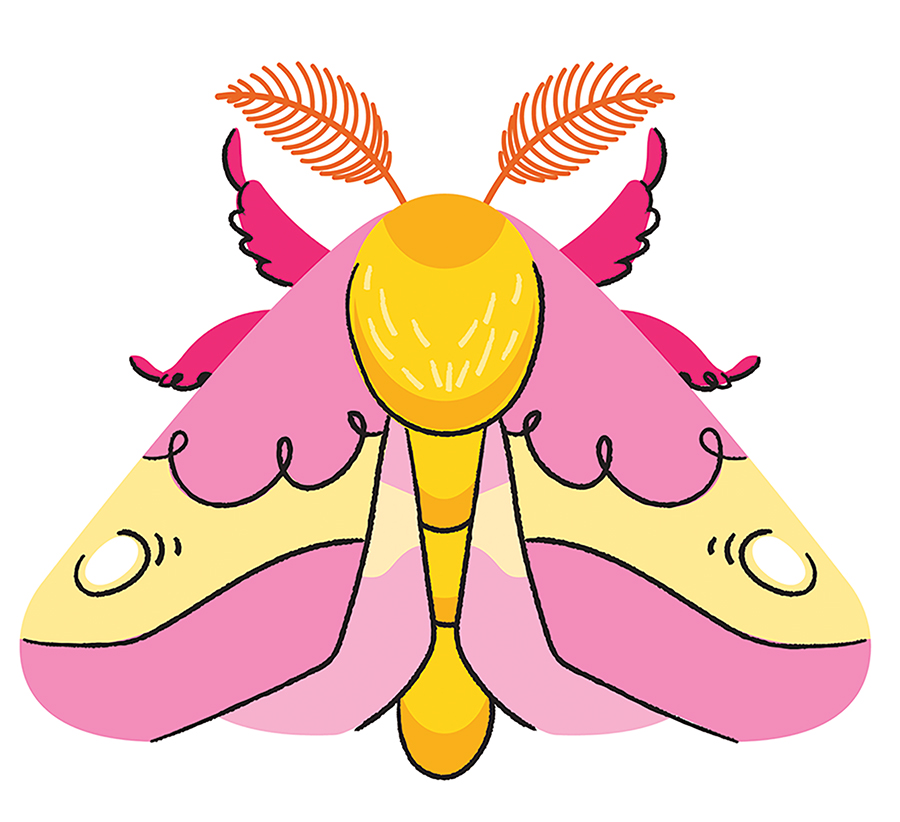O.Henry Ending
O.Henry Ending

The Gift of the Fan Belt
What goes around . . .
By Harry Roach
Note from the editor: This was second place in our 2023 O.Henry Essay Contest.
In the summer of 1969, I was driving a 1965 Chevrolet Corvair. Yes, a Corvair, not a Corvette. Manufactured from 1960–1969, the Corvair was America’s first and only automobile with an air-cooled, rear-mount engine. That engine was the heart of the vehicle, and near the center of this story.
After a long day trip to a state park in southeastern Missouri, my wife and I were in the Corvair, engine off, waiting in line for a ferry to carry us across the Mississippi River to southern Illinois. We chatted and laughed, recounting the highlights of the day. From the ferry landing, fields of corn flowed north and south to the horizon, filling thousands of acres of bottom land between the river and the levee. I could say that the scene reminded me of that ominous Stephen King story, but he didn’t write it until 1977.
With the late afternoon sun behind us, we could see the ferry crossing toward us from the east bank, slow as a tortoise on vacation. It was carrying its maximum, just nine cars. On our side, the Corvair was seventh in line and, because the ferry did not operate after dark, ours would be the final crossing of the day.
As the ferry maneuvered toward the slip, drivers ahead of us started their cars. I turned the key in the ignition, the engine immediately fired up. Bang! What was that? Red lights on the control panel lit up like a Christmas display. I got out and opened the hatch over the engine. The Corvair had thrown its fan belt. Late on a Sunday afternoon. Miles from nowhere. We were stuck.
The fan is essential to an air-cooled engine, and its belt also runs the generator and the power steering. I was thinking maybe we could coast down the incline and onto the ferry, then, after the crossing, get help pushing the car up the ramp onto the Illinois shore. Where we’d probably have to sleep in the car. Not a bright prospect.
“Can I help you, buddy?” It was the guy in the truck behind us. Who happened to be a Chevy mechanic. Who also owned a Corvair. And had a Corvair fan belt in the back of his truck. What were the odds? Our miracle mechanic installed the new belt so quickly that we were ready to roll just when it was our turn to board. My wife and I were two very thankful people.
Years later, I was on the Pennsylvania Turnpike, driving a different vehicle with an air-cooled rear-mount engine: a Volkswagen bus, the vehicle of choice for happy hippies, van campers and large families on a budget. By then, I had learned how to install a fan belt, change the plugs, adjust the timing, and other rudiments of amateur automobile maintenance. A quarter mile ahead, a red VW bug sat sadly on the shoulder of the road, its open engine hatch gaping at three perplexed women. Their bug had thrown its fan belt. I got out my tools and spare belt and in 15 minutes had those very thankful people back on the road. And I, too, was grateful for the opportunity to return the gift of a fan belt bestowed by that miraculous Samaritan so long ago. OH
Harry Roach and his wife, Liz, live in downtown Greensboro, where they spend a lot of their time dancing.



